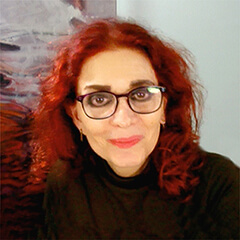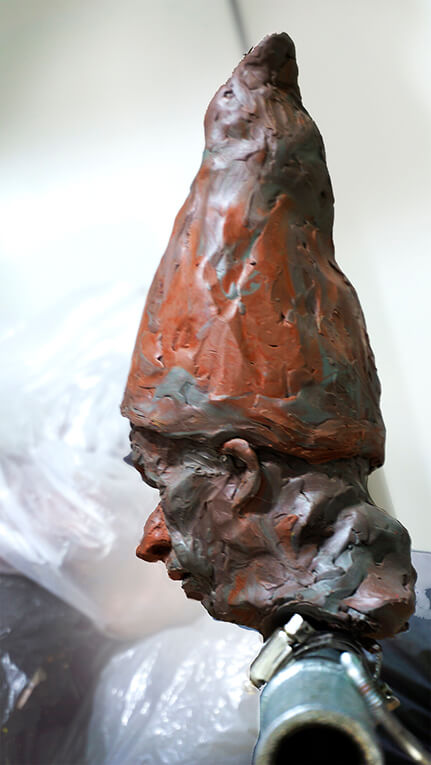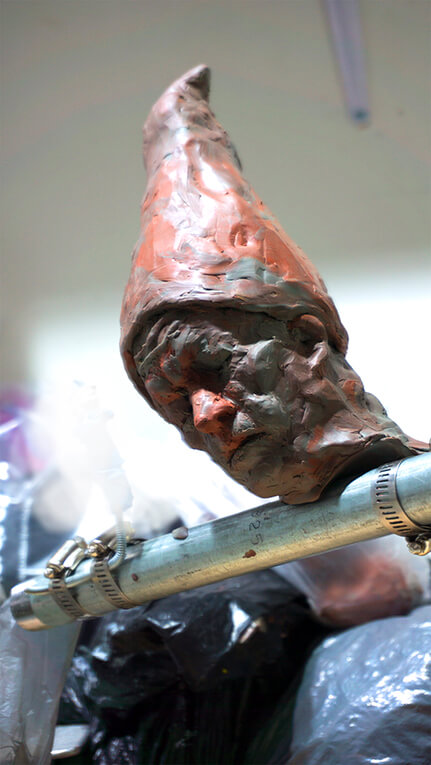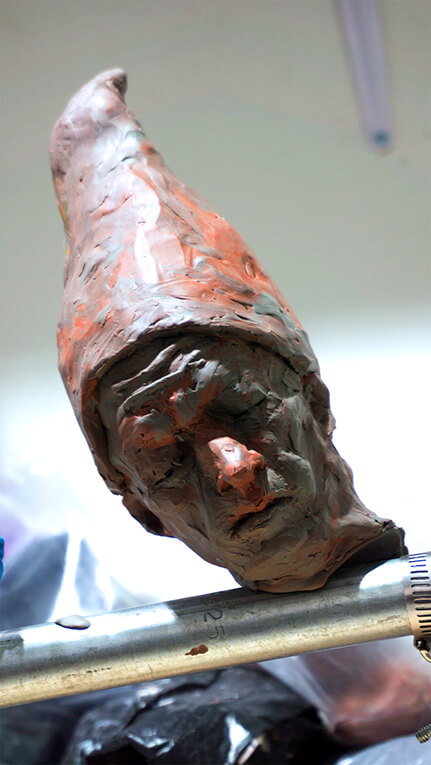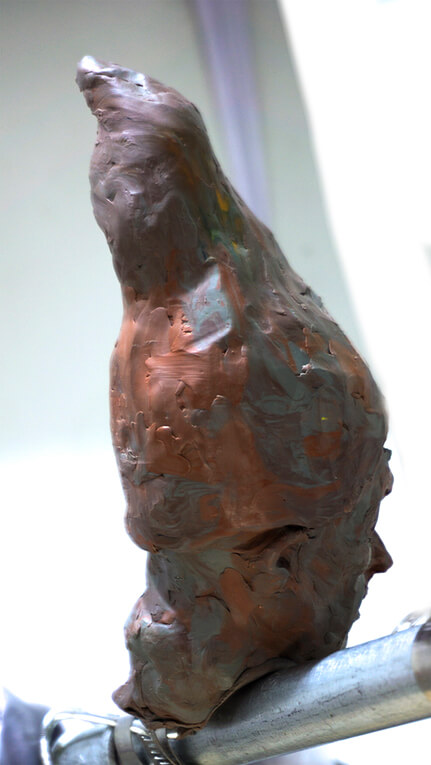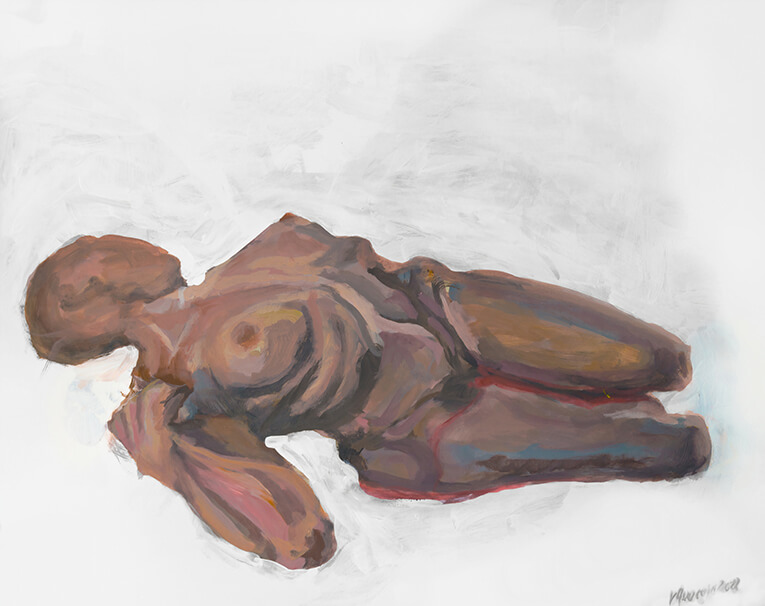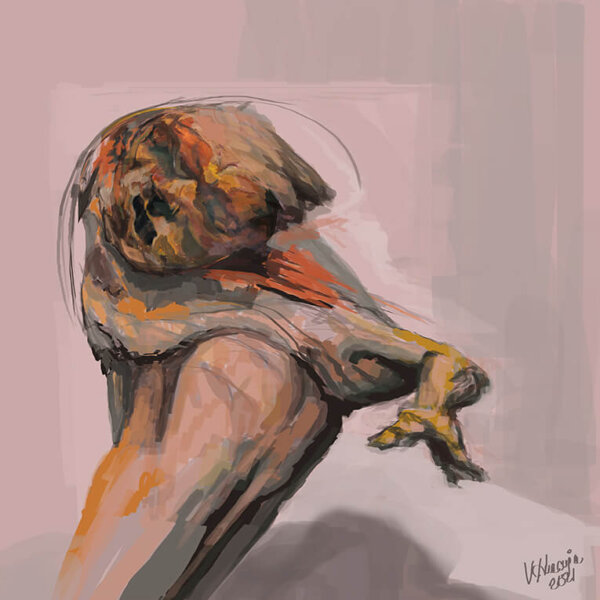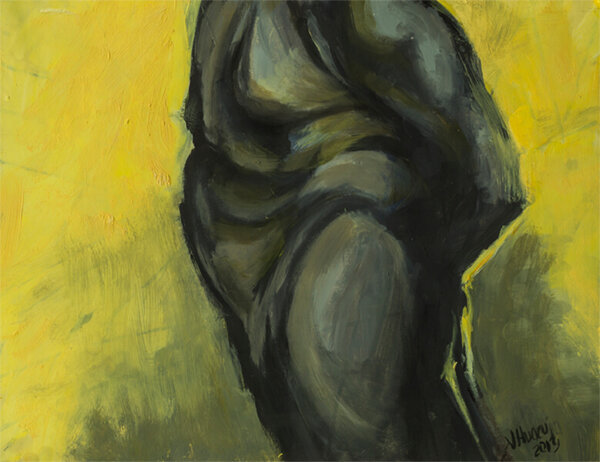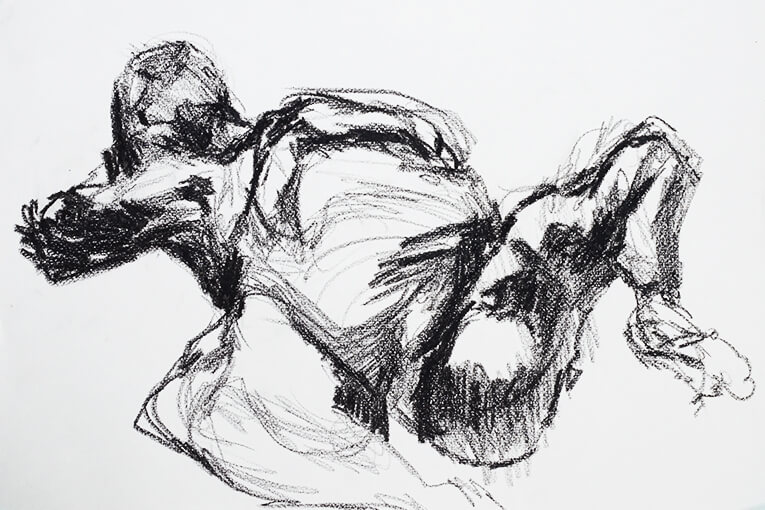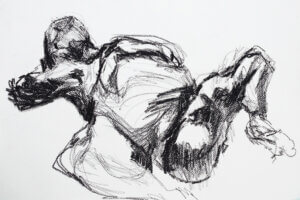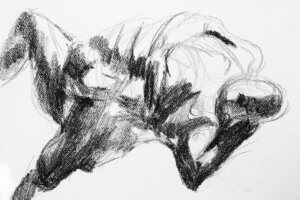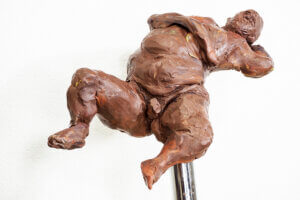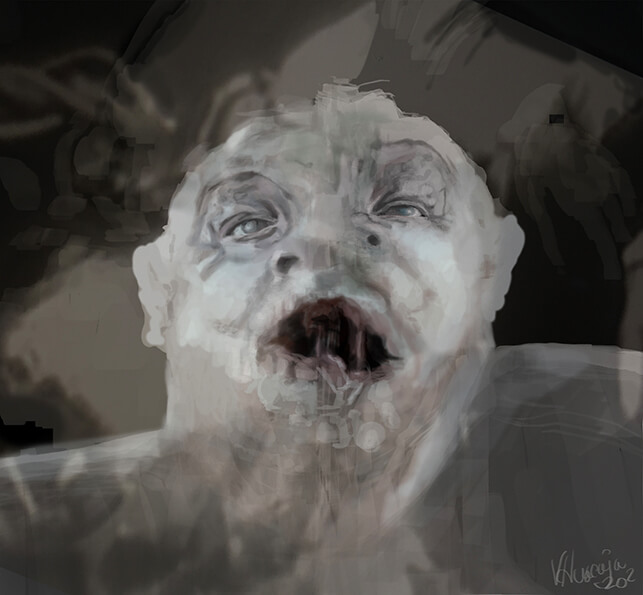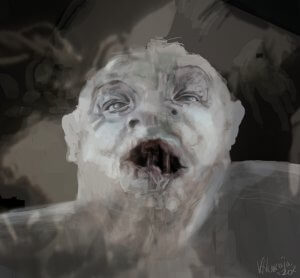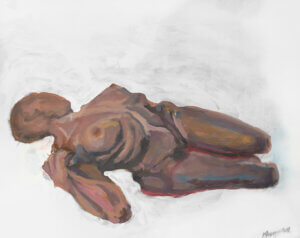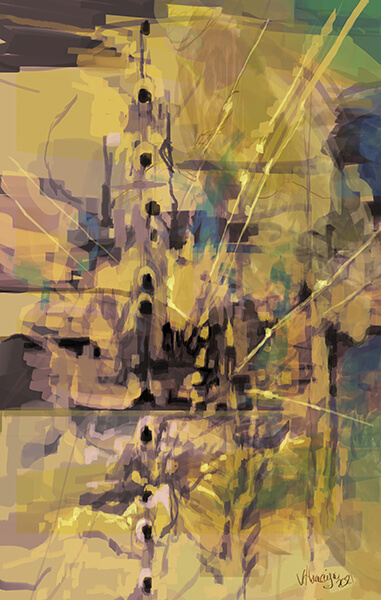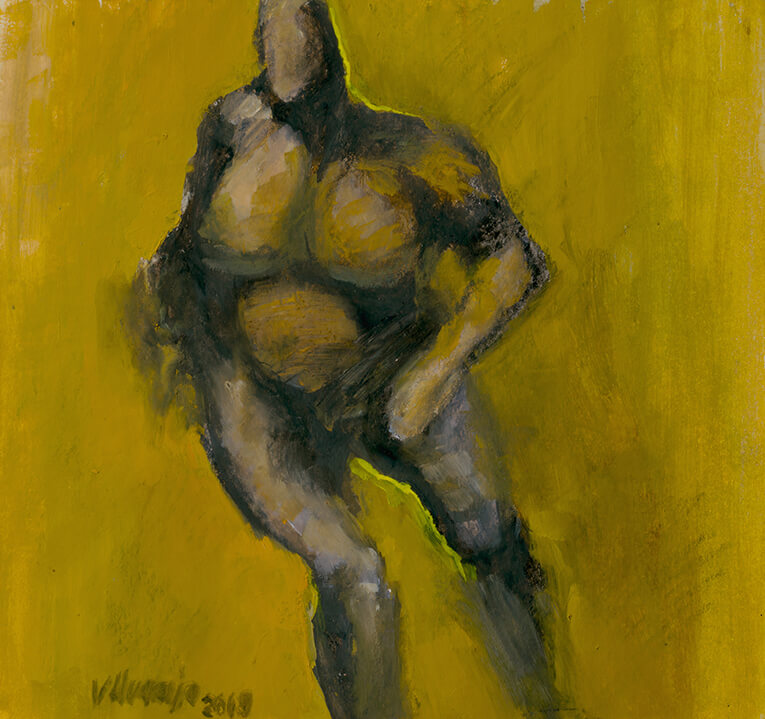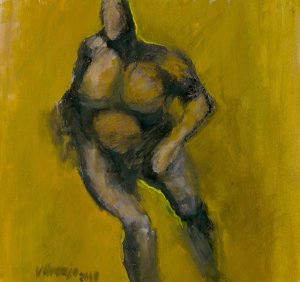You’re welcome to another Art Blog.
I’m Veronica Huacuja, a plastic artist, and an online art teacher. I have some good and practical tips for your painting process. Hope you find them helpful.
REGARDING THE TITLE OF THIS BLOG. Should we include into our art social problems we watch and read about in our everyday lives? I think it’d be a natural thing to do for some artists, but I’d like to add that this inclusion has to be subordinated to art itself, not to any other topic or field. If our work is a piece of art, it has to be free of any usage (e.g. political topics, trends, etc.).
So, that been said, I made up a collection I entitled The Relentless, where I picture historical characters that suffer social malfunctions and disorders that drive them to commit crime. The tragedy of their lives and their cross paths in the lives of others are elements that impulse me to create this collection.
In this series, I dedicate my work to the victims of the perpetrators I work on, and to the multidisciplinary law enforcement team that pursues these offenders.
This is the data sheet of the work I’m presenting: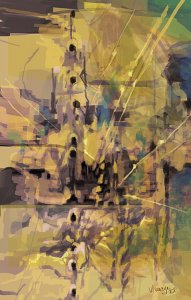 Title: Robert Stroud, The Birdman of Alcatraz
Title: Robert Stroud, The Birdman of Alcatraz
Artist: Veronica Huacuja
Medium: Digital Art
Size: 6,614 x 10,422 px, 300 dpi
Year: 2021
Collection: The Relentless
As we may know, Robert Franklin Stroud (1890-1963, U.S.) was a convicted criminal with significant contrasts in his lifetime. These contradictions prompted me to create his portrait, in which I tried to capture the tumultuous events of his tragic life.
A PERSONAL EXPERIENCE. One more thing that triggered in me the creation of this work is that I’ve visited the public museum of Alcatraz Federal Penitentiary during my lifetime on several occasions. I’ve read about the everyday routines that the inmates had to perform, the established relationships among them (their hierarchies, their groups), the roles of the guards, etc. I’ve seen the small cells in which these dangerous men lived for years.
SOME OTHER THOUGHTS. Regarding the aforementioned, I’d like to talk about the differences that some European prisons have compared to other countries, where the inmates have better conditions for redemption. This last, if it’s the case. I believe, besides a matter of finances, overpopulation, etc. the concept of man is different in diverse countries, and in different historical periods. Some countries use their resources to reintegrate the offenders into society–when they’re sure these men won’t relapse–, and others to punish them. I believe Alcatraz was one of the latter prisons where most inmates were meant to be broken. This statement has to be seen as a historical phenomenon.
LET’S MAKE A MEANINGFUL REFLECTION FROM THE ABOVE. I believe the answer to the question of this blog’s title is, for some artists, a categorical yes. Do you agree?
Visit any time:
My ART SHOP: https://veronica-huacuja.pixels.com
My BODY OF ART: https://veronica.mx
I offer an ONLINE PAINTING PROGRAM in traditional or digital techniques: https://veronica.mx/online_painting_course
Other POSTS AND VIDEOS: https://patreon.com/veronicahuacuja
Thank you for reading. Hope you enjoyed the post.
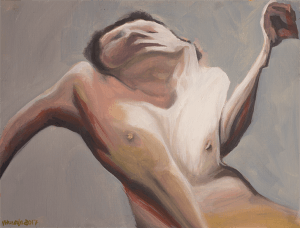 Welcome to Art & Mindfulness for Business Groups. Virtual Program for Creativity and Well-being: https://veronica.mx/artprogram
Welcome to Art & Mindfulness for Business Groups. Virtual Program for Creativity and Well-being: https://veronica.mx/artprogram